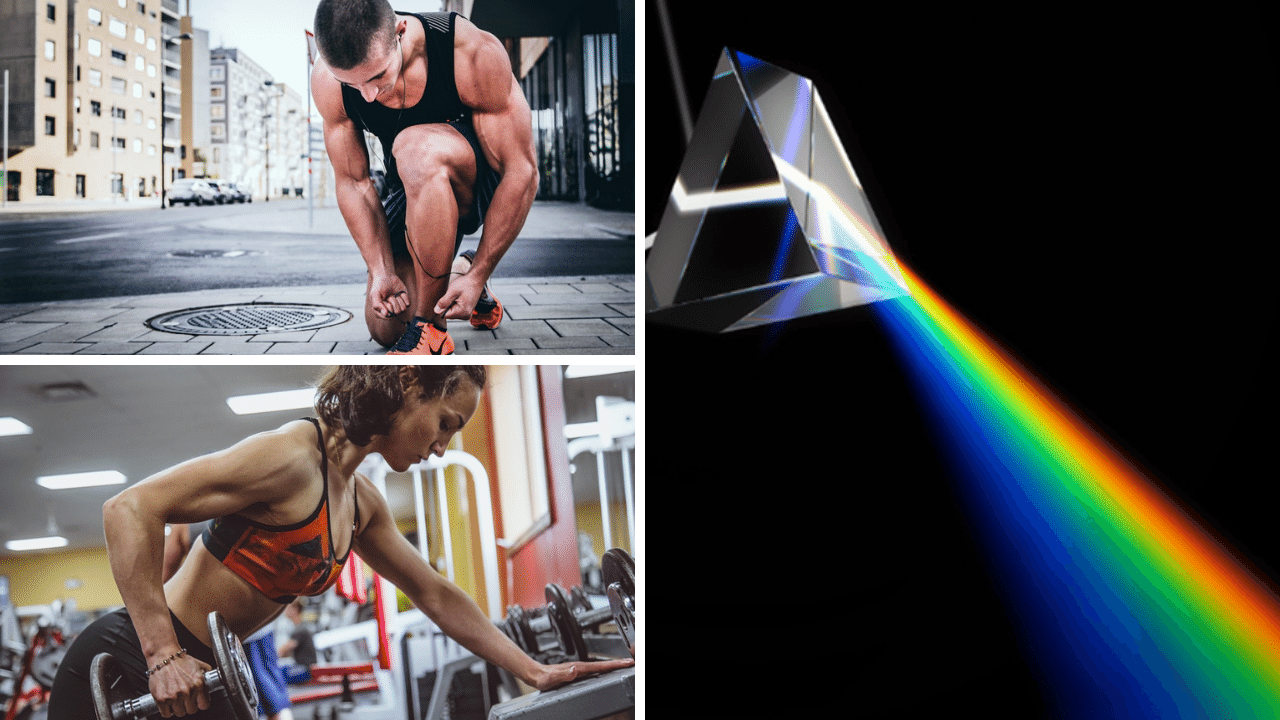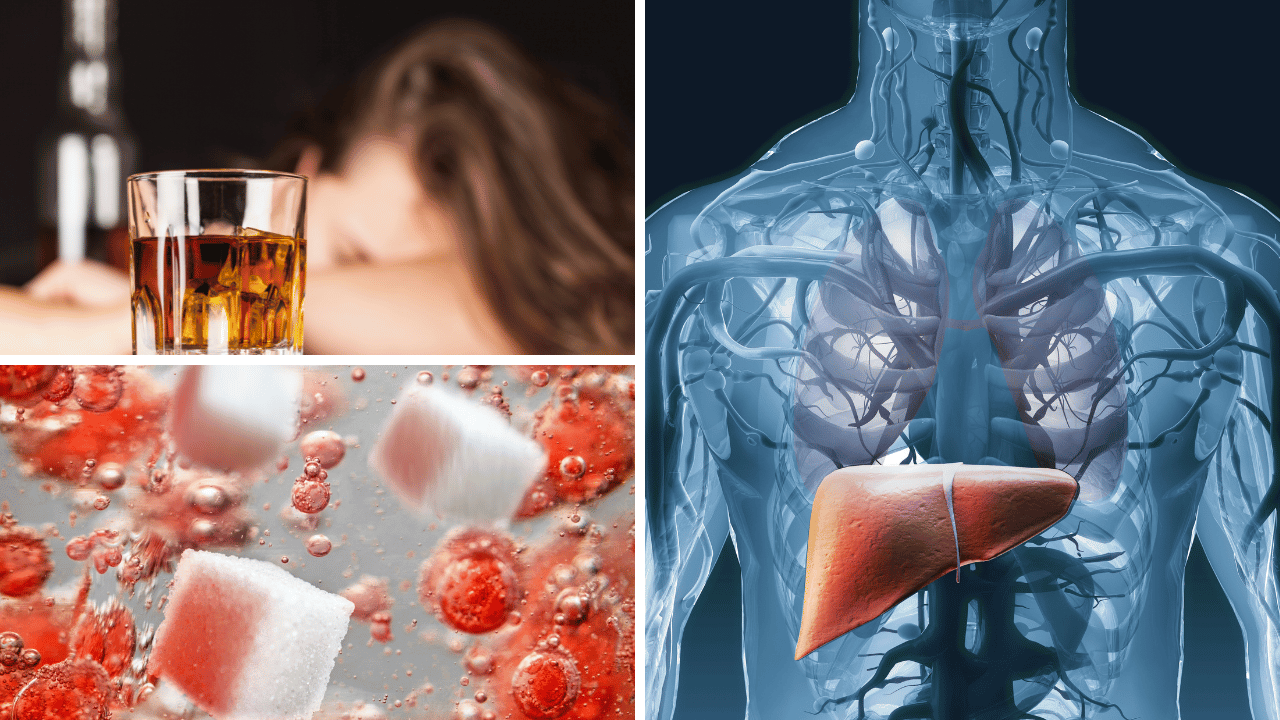During intense and prolonged physical activity, your muscles rely on glycogen as a source of energy. Now, you might be curious: what exactly is glycogen?
Well, when you eat carbohydrates, most of them get converted into glucose. If the body doesn't need all of this glucose for immediate energy, it gets stored in the liver and muscles as glycogen, which is composed of multiple connected glucose molecules. 👇

When your body needs a quick energy boost, it breaks down the glycogen particles in your muscles, releasing glucose molecules that your muscle cells then use as fuel.
The rate at which muscle glycogen is broken down depends on the intensity of the physical activity. In simple terms, the higher the exercise intensity, the faster your muscle glycogen is being used up. Athletes' ability to train day after day heavily relies on restoring muscle glycogen stores, which requires consuming enough dietary carbohydrates.
Right after physical activity, the muscle cells that experienced a significant decrease in glycogen content are primed to absorb glucose from your blood and convert it back into glycogen through a process called glycogenesis.
The bottom line is that glycogen replenishment is crucial for anyone who exercises regularly to maintain optimal performance.
Fun fact: Did you know that heat may actually help with glycogen synthesis during recovery? Pretty cool, huh?
One study had nine recreationally active males participate in a cycling session lasting one and a half hours. Afterward, their recovery process was closely observed over a span of four hours. During this period, the subjects' legs were assigned random roles: one as the heated limb, with the application of a heat pack, and the other as the control limb, left exposed to room air. 👇

To aid in their recovery, the participants received two carbohydrate feedings immediately after their workout, followed by another round after two hours of recovery. Each meal provided them with over 100 grams of carbohydrates.
Remarkably, muscle glycogen concentration increased during recovery and carbohydrate feeding in both limbs (p < 0.05). However, the heated limb demonstrated a striking 22% higher glycogen concentration compared to the control limb (p < 0.05). This improvement is particularly significant for individuals who have upcoming high-level competitions or performances within 24 hours of their previous workout.
Also, in the realm of recovery and performance optimization, red light therapy could potentially play a significant role, especially in the context of glycogen utilization and synthesis. 👇

Red light therapy, also known as photobiomodulation, uses low levels of red or near-infrared light to stimulate cellular function. It has been shown to reduce inflammation and oxidative stress, which are crucial for optimal glycogen synthesis.
Furthermore, some studies have indicated that red light therapy may increase the production and efficiency of mitochondria, the powerhouse of cells where glucose is converted to ATP, the primary energy carrier. Therefore, red light therapy could theoretically enhance the body's ability to utilize glycogen during exercise and aid in faster glycogen synthesis during recovery, similar to the effects observed with heat application. More research is necessary to solidify these theories, but the potential applications of red light therapy in the realm of sports and exercise are indeed fascinating. 👇

To sum it up, optimizing recovery after intense exercise can significantly enhance overall athletic performance and stamina. This optimization is intrinsically tied to glycogen utilization and synthesis, which can be influenced by heat application and, potentially, red light therapy. While more research is needed to fully uncover and understand these mechanisms, the current findings offer a promising avenue for athletes and fitness enthusiasts looking to improve their performance and recovery times.
The potential of these non-invasive, easy-to-apply modalities – heat and red light therapy – to support the body's natural processes and improve the efficiency of glycogen use is indeed an exciting prospect in the field of sports science. 👇











